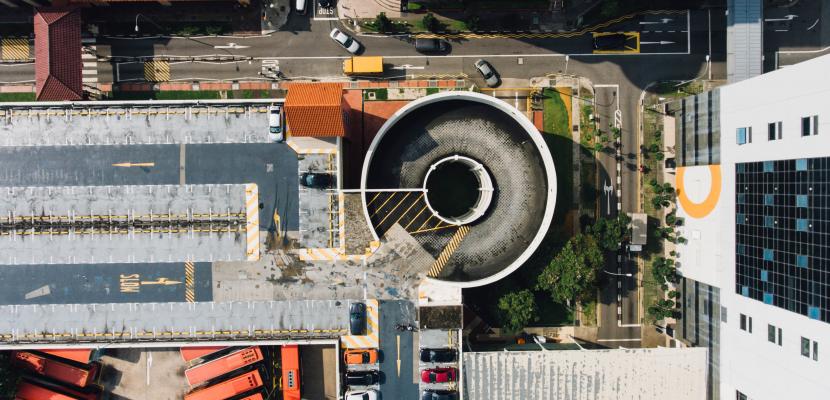
Retourkoop - upgrading consumer products returns

About this good practice
The company addresses the problem of consumer returns of consumer electronics. These returns are appliances that are unwanted or deemed defective and deemed not valuable enough to restock or repair by retailers like Amazon.
The owner was informed of the possibility to buy up at auction a pallet of appliances that might be valuable for reuse and resale. Based on a shipping list the contents of shipments are valued and bid for. The appliances are cleaned, tested and made complete, for example by adding a manual. After completing the packages these were sold through the platform “Marktplaats.nl”.
From the humble beginnings the company has grown, employing a small staff of employees and a part-time staff of high school students make some extra money. Aside from the repairs and clean up each items is photographed and described for the website. At the same time the company is building a database of items, variants, repairs, necessary parts etcetera.
As the inflow of appliances is relatively unpredictable, (the state of the appliances is indicated by the retailer in quality grades), the company has acquired knowledge of finding spare parts, manual and easy fixes of the most common defects that would increase the lifespan of these appliances by at least several years. The company partners with technical partners for spare parts and expert help in some cases.
The final products are sold through the website with a guarantee and at a price that is below the available market price
Resources needed
The company needs a space for warehousing, capacity for repackaging, testing and upscaling quality, as well as this, the company needs security for warehousing. The value of the stores increases with the addition of new batches. Not every item in the batch is as fast moving. Batches cannot be split
Evidence of success
The company shows that reusing consumer electronics is more easily organised than retailers decided. Without intervention the materials would be headed to a landfill.
90% of the products saved can be made valuable again. The rest is salvaged or finally thrown out. Circa 93% of the input is either reused or saved for future reuse.
There is not yet a secondary market for spare parts for repairs by consumers, but the company shows that repairs of appliances are not too hard for consumers.
Potential for learning or transfer
The company shows the potential of rudimentary knowledge of technology is enough to help repair and revalue a stream of waste. It also shows there is a viable market for appliances that are within their lifespan, but not “new”.
The owner built a database of deals, repairs, types of appliances bought, repaired and sold. This led to learning of what to bid for in terms of batches of appliances, assessing the viability of repairs and the commercial value of the appliances saved.
Partnering with spare parts wholesalers and local experts in electric appliances shows how relatively easy it is to set up an alternative business model and secondary market for appliances that are seen as worthless.
The business model does not have many proprietary elements and is easy to transfer. The most important factor for the success of the business model is to create critical mass to make sure enough capital flows into the organisation
Further information
Website
Good practice owner
You can contact the good practice owner below for more detailed information.